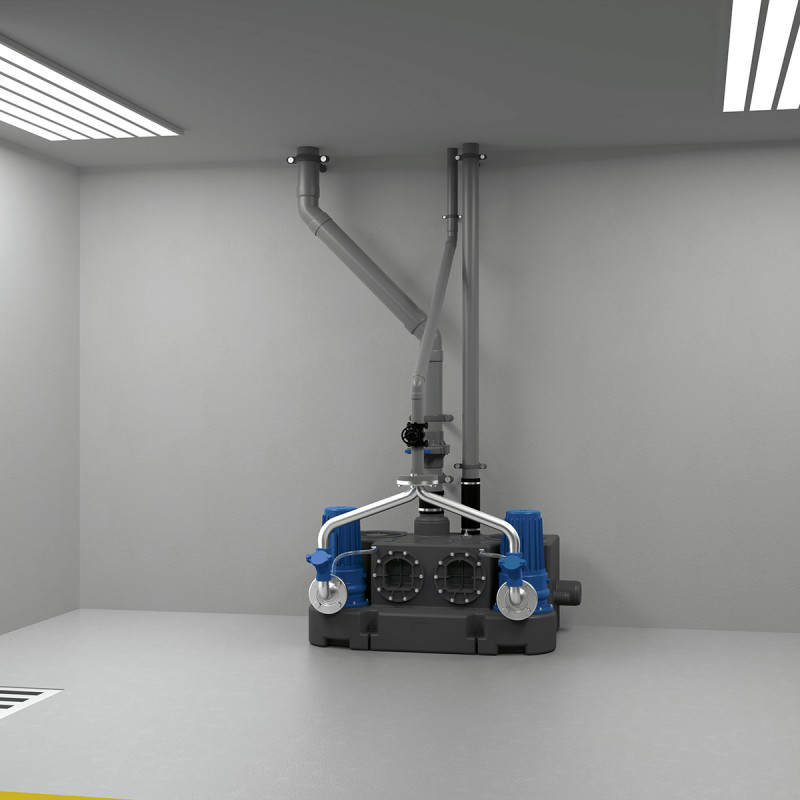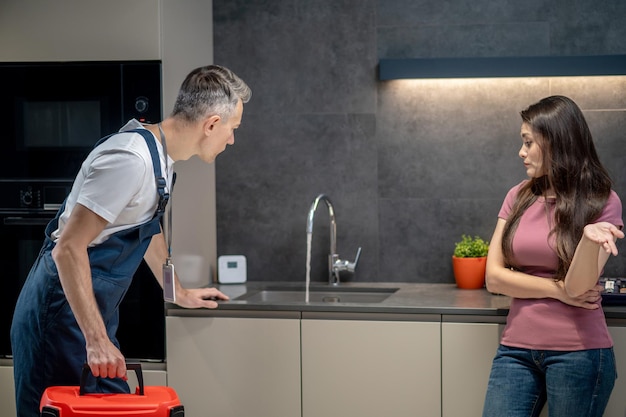There’s nothing better than sitting in this room all day talking about generic comments concerning water damage repair. However, it would be of no use to you since the intricacy of the water damage impacting your home is the decisive element in this instance. Although it may seem that all of the damage produced by water intrusion is apparent, several hidden factors might influence the safety of your home.
It is possible to start the restoration procedure once all of the water has been removed from your property. Remember, no matter how extensive your water damage is, taking quick action is the most effective approach to minimize the damage.
When attempting to establish a reliable plan for the duration of repairs, there are a few things you should ask yourself. If you click here, you can access more resources on water damage restoration.
What is the Duration Taken to Get Rid of Water Damage?
The amount of time it will take to accomplish water damage repairs will vary depending on how long it is needed for the material to dry and how severe the damage has been. Suppose you’re dealing with a single room, or maybe two. In that case, it will most likely take less than a month—72 hours for drying out, then another 1-2 weeks to properly repair the damage—to complete the task.
Perhaps you are just dealing with a busted pipe, or perhaps you are dealing with a flooded basement. There is no time to waste when beginning the water cleaning procedure, no matter how severe the original damage may be. When it comes to water, it spreads exceptionally rapidly. It will swiftly permeate into the flooring, walls, furniture, and other sections of your house.
Incorporating a sump pump into your property is another option for removing excess water. You can drain the water out of your basement or crawl area using a sump pump. The sump pump is attached to a drainage line outside the house to prevent flooding. The pump is activated when the sump pit’s water level rises over the pit’s bottom. It begins pumping the water out of your house.
When dealing with water damage, the essential thing to remember is that time is of the essence. It is crucial to act quickly when dealing with water damage. The longer the building components remain submerged, the more likely they will need to be replaced. Even worse, water damage may result in mold growth if left unchecked.
The first step in a water damage repair project will always be to dry out the affected area of the house or building. The following factors determine the time required to dry out the water damage:
- How much water leaked and what amount came into contact with the home.
- How long did the water come into contact with the property?
- How long did it take to fix and stop the leak?
- Did it come from the toilet or contaminate
- What part of the building material is affected?
What Does Water Damage Restoration Include?
Understanding the water removal procedure is essential to determine which portions of your house may be recovered and what steps can be taken to repair your property.
- Finding the source of the flooding has to stop the flow: Once the unwanted water has been discovered and halted, the water removal process may begin in earnest. This might be as simple as switching off the main water line to your house or a more complicated process involving emergency services to turn them off; this decision is best left to the specialists.
- Draining the water: It is critical to remove any apparent pockets of water from your home to prevent additional damage. This may be performed by using a wet vacuum or a pump to assist in the drainage of the water away from your residence. To prevent injuring yourself or a loved one, make sure that any utility lines, such as power, have been disconnected, one of the reasons why this is also best left to professionals.
- Remove non-visible water: Even though you may have successfully removed visible water from your property, the harm may still be occurring without your awareness. Water may get trapped under carpets, resulting in mold growth and the deterioration of your building’s structural integrity. The water may also make its way into places where it shouldn’t be, such as inside a building’s walls.
- Disinfecting and sanitizing of all areas: Waterlogged areas serve as a fertile spot for molds and other diseases, causing the organism to grow. The water removal process is not complete until this process of disinfection and sanitization has been carried out. Professionals are best employed to do this.
- Use of dehumidifiers to reduce moisture from home: In addition to providing a healthy atmosphere, this also provides a much more conducive environment.
Specialized water extraction equipment is available to professionals who can guarantee that all water is removed from your property to prevent future water damage. Prevention, they say, is better than cure; then, Is it possible to avoid water damage?
Is it Possible to Avoid Water Damage?
Water damage can develop in your house in various ways, including via a leaking roof, blocked gutters, or damaged pipes. After a storm, you may want to inspect your roof for symptoms of leakage, such as missing or damaged shingles or debris accumulating on the surface of the roof.
Gutter cleaning should be done at least once a year in the ideal situation. Gutter guards may help limit the quantity of material in your gutters, such as leaves, twigs, and even birds nests, by preventing them from falling into the gutter.
As a result, frequent cleaning and inspection of all water-related installations may aid in detecting any problems and the prevention of further water damage.
Can a One-Time Water Leak Cause Mold?
Without an iota of doubt, a single leak has the potential to cause mold to develop.
Mold may begin to form within 48 hours after a water damage incident. One thing is sure: if left unattended, even a minor plumbing leak may result in mold development if the situation is not closely monitored.
What Impact Will Water Damage Have On My Home?
When your home has water damage, it is subjected to various immediate and long-term problems due to the damage.
Among the short-term issues are the damage of property, the formation of mold, which is harmful to the family’s health, and the necessity to repaint the walls and ceiling.
It is possible to assume that you have successfully “weathered” the storm after the water has been cleaned up and fans and dehumidifiers have dried up the surface parts of your home. What you can’t see, on the other hand, might still harm. On a long-term basis, the structural integrity of your house may be compromised; thus, it is critical to have a professional supervise the water removal and home restoration procedure.
Verdict
The time frame for restoration after water damage is not written in concrete, nor is it fixed, but dependent on some variables stated above.
According to HomeAdvisor professional estimation, the average quote needed to clear out water damage is about $1,213 to $5,164




/how-to-install-a-sink-drain-2718789-05-a2a602315a3d4d12a8ed20429230382c.jpg)